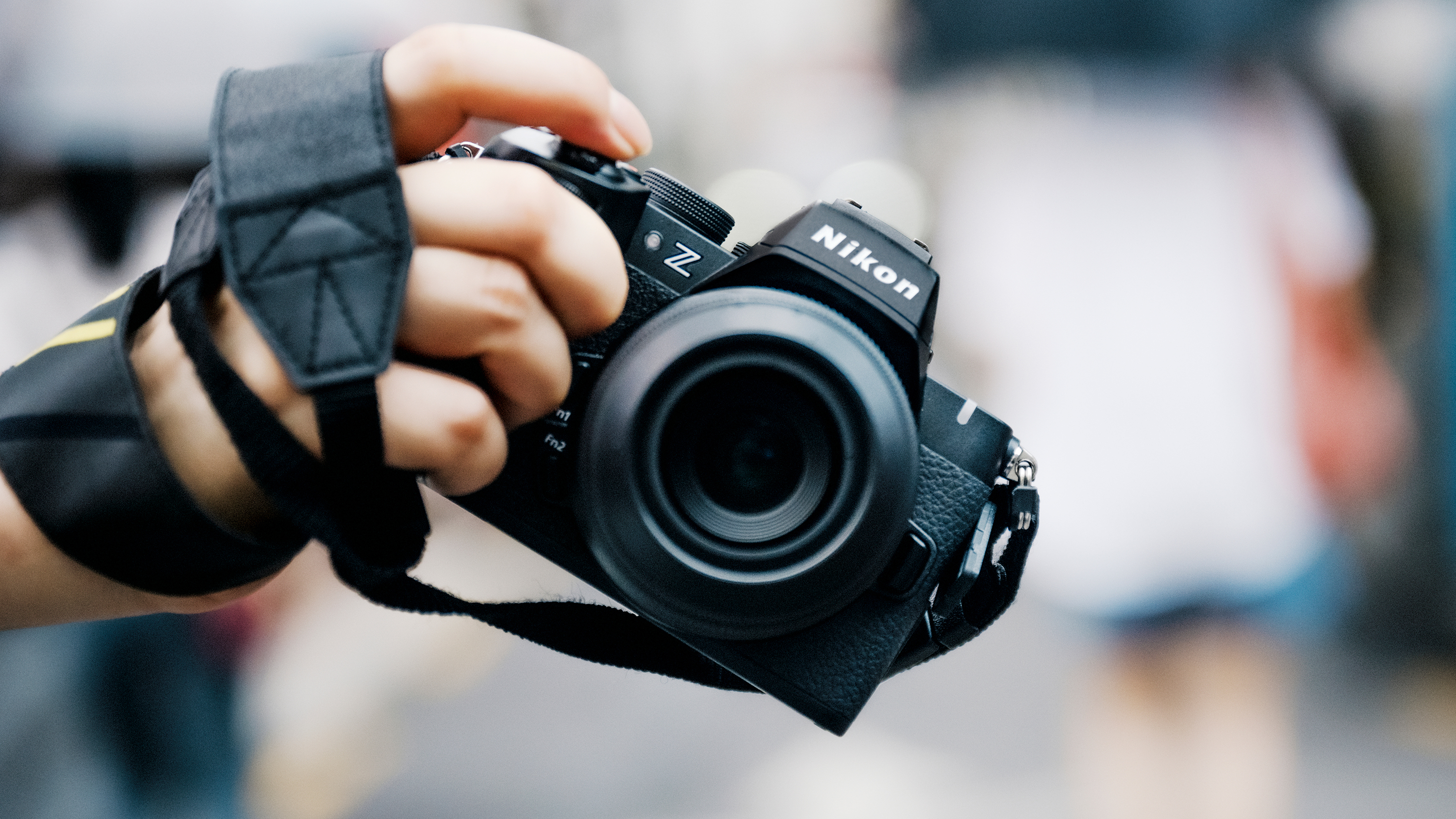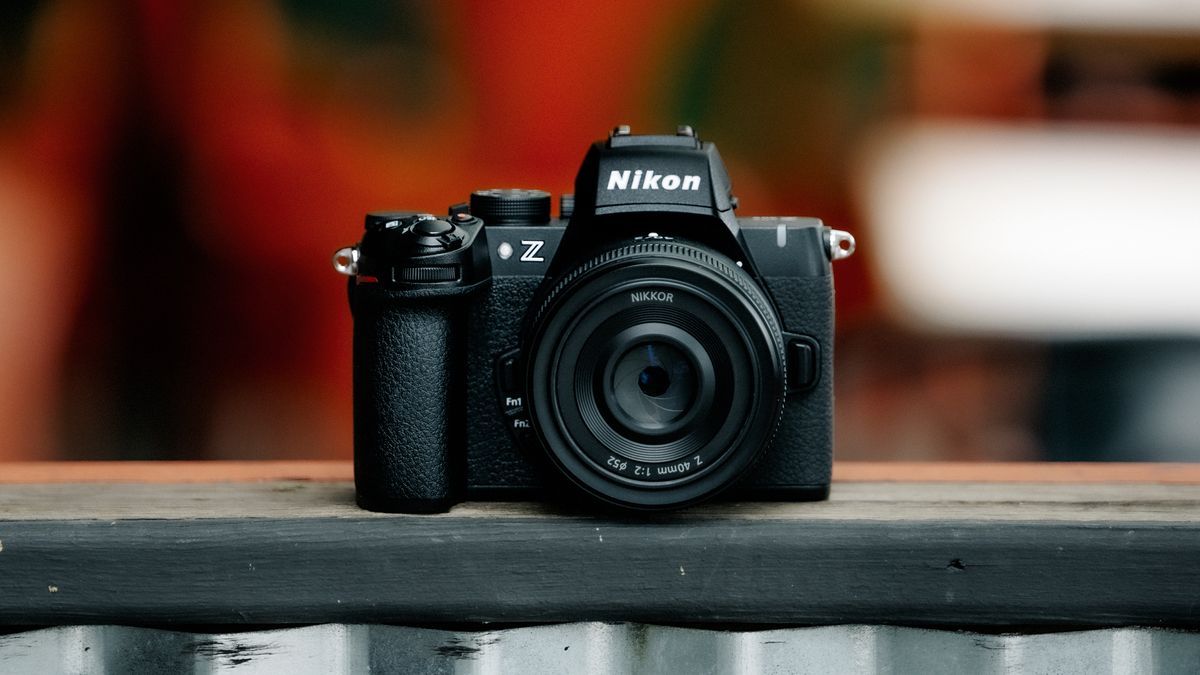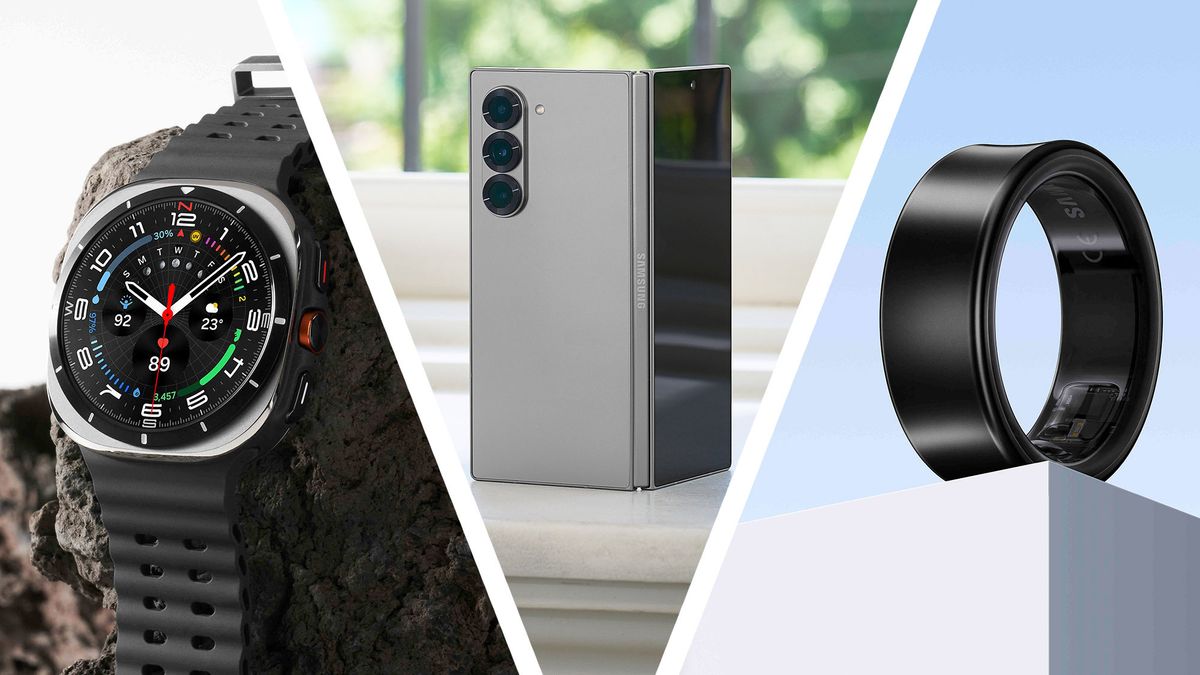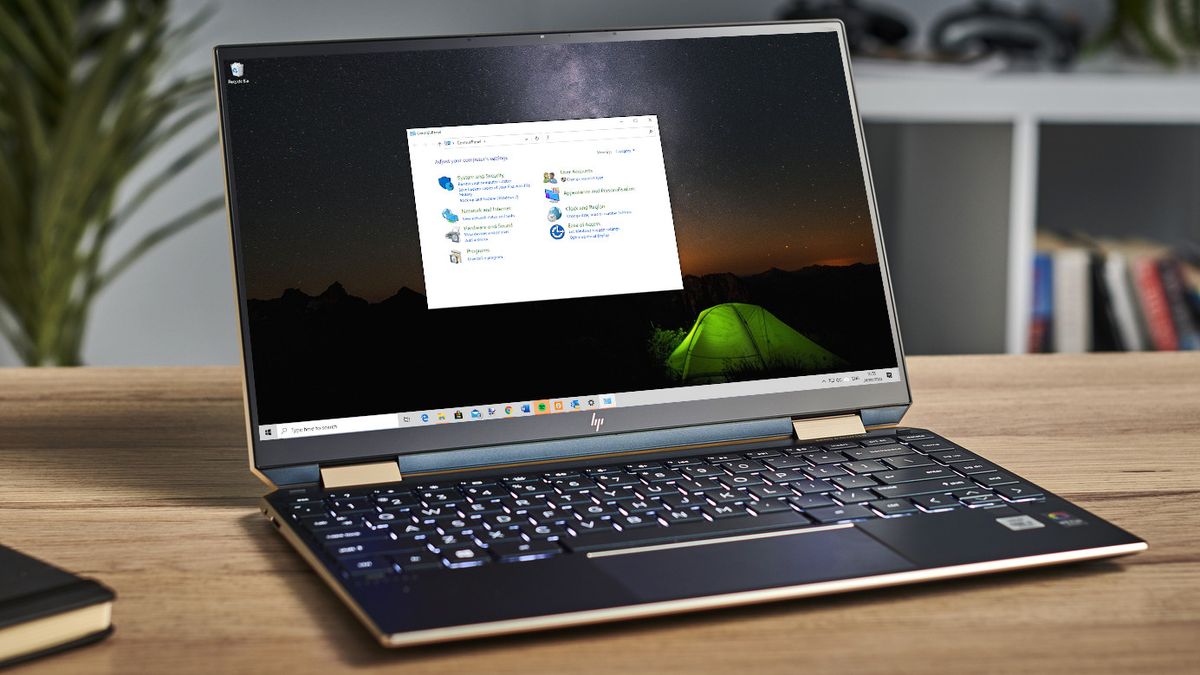Nikon has updated its four-year-old Z50 with the Z50 II. The successor to the mini-DSLR style comes with the same 20.9 MP APS-C sensor, but includes Nikon's latest Expeed 7 processor, which offers a number of performance-based improvements.
Nikon says the Z50 II has the same subject-detection autofocus options as its Z8 and Z9 professional mirrorless cameras, with nine subject types to choose from, 3D tracking, custom-sized autofocus areas, and an AF-option. A smarter (autofocus). It also features a Product Review mode, which easily switches focus between people and objects, much like Sony's Product Showcase autofocus mode.
Burst shooting now comes with a one-second precapture for a high-speed 15fps or 30fps Frame Capture+ mode (JPEG only), while 4K video up to 30fps is now upsampled from 5.6K, meaning which should be nice and crisp.
After the Z6 III, the Z50 II is Nikon's second camera to work with Nikon Cloud. In addition to online image storage and upload services, users can upload custom color profiles directly to the Z50 II from the Nikon Cloud community (Nikon calls them image profiles), similar to the new Panasonic Lumix S9, complete with a new image. Profile button for quick access. Clean.
Then there are the Z50 II's handling improvements. It has an updated EVF with twice the brightness of the Z50, a larger 3.2-inch vari-angle touchscreen with a new hinge for twisting and rotating movements, a larger grip, and is part of the only series of Nikon mirrorless cameras that feature a built-in flash.
The Z50 II costs £849 for the body only, £999 with the 16-50mm lens or £1,199 for a dual lens kit that adds the 50-250mm lens (US and Australian prices will follow ). Sales begin at the end of November.
The Z50 II looks like a decent entry-level mirrorless camera for photographers, but Nikon is billing the camera to content creators, so does it hit the mark?
A camera with an identity crisis?
Nikon is heavily promoting its new Z50 II for content creators, but in my opinion it is the least obvious model of all its APS-C sensor mirrorless cameras for such purposes.
The Z50 II looks like a good camera for photographers, thanks to its mini-DSLR format with an improved grip and a brighter viewfinder. But for content creators who value the look of a camera and rely on its video flexibility? The cheaper Z30 or the retro-style Z fc make more sense, as do rival models like the Fujifilm X-M5 and Sony ZV-E10 II.
That doesn't take anything away from the Z50 II. It becomes Nikon's most capable APS-C sensor mirrorless camera because it uses Nikon's latest processor, which offers faster performance across the board, including faster startup time, Nikon says.

It also has enhanced video features, such as 10-bit 4K video up to 30 fps from 5.6K upsampled, plus Nikon's N-Log color profile. It's also the first Nikon camera that can live stream over USB-C, without the need for Nikon's Webcam Utility software.
However, there are no vertical video modes for social media like those found on the isolate or use together. That camera seems more designed specifically for content creators; It's smaller, looks good, and has Fujifilm's film simulation modes available.
It looks like Nikon has created a highly capable hobbyist camera in the Z50 II, one that we'll be completing an in-depth review of soon. I just think it's not the content creator's camera as Nikon's marketing suggests. A successor to the Z30 seems like a more obvious choice.









